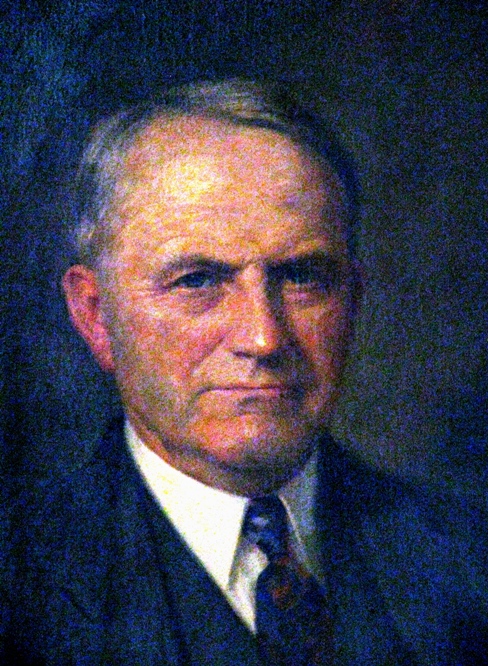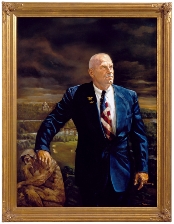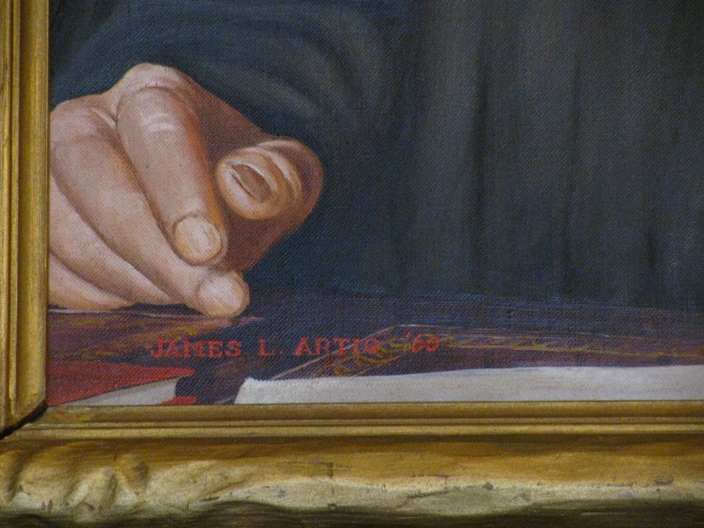This week the newswires lit up with the controversial news of Minnesota Vikings running back Adrian Peterson being indicted in Texas on a child injury charge that resulted from what a grand jury saw as Peterson’s overboard discipline of his four-year-old son. Many fans (and non-fans) stood by Peterson, stating that they were likewise disciplined by corporal means growing up. To be sure, Peterson’s case specifically involves injuries on the child which were the result of Peterson “switching” him with a tree branch. In his statement, Peterson admitted that discussing his case with a psychologist helped him to realize that there may be better alternatives in disciplining his kids, but also to his belief that the hard-line physical discipline approach his family took in bringing him up was a factor in his success. Another report of Peterson’s extreme discipline of a different son surfaced this week, and at last note the Vikings have barred Peterson from the team.
In every state in the country, a parent can legally hit their child as long as the force is “reasonable.” Minnesota’s Malicious Punishment of a Child statute (§609.377) prohibits the use of “unreasonable force or cruel discipline that is excessive under the circumstances.” It is a felony if the punishment results in “great” or “substantial” bodily harm. The Minnesota Court of Appeals has held that bruises are not necessary to indict a parent/caregiver under this statute. In Ramsey County, if you witness a case of what you believe is child-punishment-gone-too-far, you may decide to contact Child Protection Services. More information is also available through the Minnesota Department of Human Services. Here is also an interesting article from the Minnesota Bar Association on the Malicious Punishment statute.






![5091914[1]](https://ramseylawlibrary.org/wp-content/uploads/2014/08/50919141.jpg)


